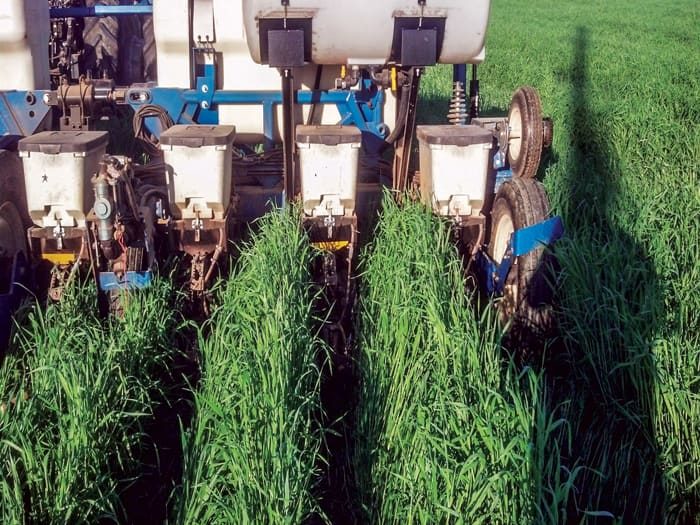No-Till Farmer
Get full access NOW to the most comprehensive, powerful and easy-to-use online resource for no-tillage practices. Just one good idea will pay for your subscription hundreds of times over.

Though he is a 30-year no-till veteran, Lewisburg, Penn., no-tiller Lucas Criswell will admit he’s made some mistakes and is still learning.
After years of conventional farming, he and his father started no-tilling corn in the 1980s because his father got an off-farm job and they needed to save time, fuel and wear and tear on the equipment.
These are all good reasons, of course. But it wasn’t until the early 1990s that the Criswells realized no-till was helping with erosion, which was a significant concern as their area gets about 40 inches of rain per year. More changes and insights over the years have multiplied the benefits of no-till, leading the Criswells on a journey of continued improvement.
The addition of a no-till drill allowed the Criswells to seed cover crops in the ground instead of broadcasting it.
“I started to learn about planting rye as a cover crop and using a growing plant to pull up our nutrients and minimize compaction,” Criswell told attendees at the No-Till on the Plains Winter Conference. But he was still firmly convinced of the need for added fertilizer and was happy to continue doing what had always…